Fallen Tree Reveals Funerary Urns Thousands of Years Old in Amazonas, Brazil
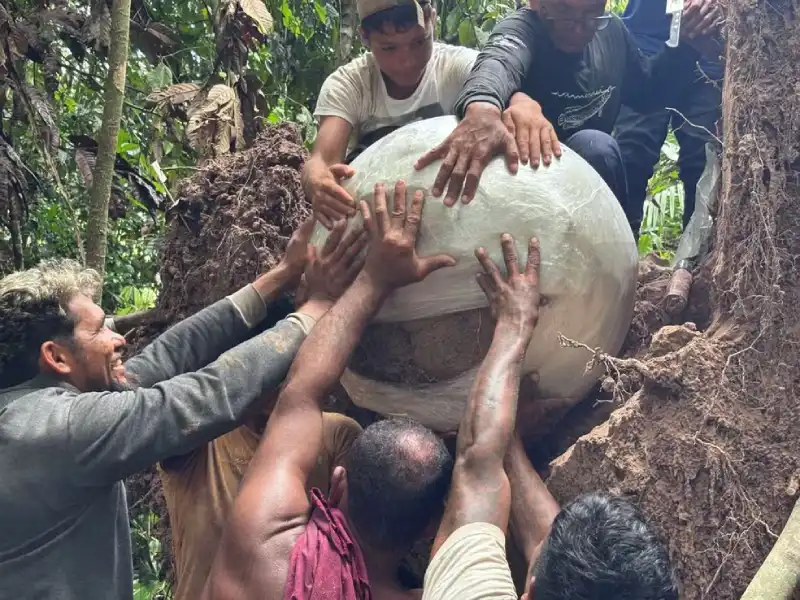
A fallen tree in the city of Fonte Boa, in the Brazilian state of Amazonas, has uncovered an archaeological treasure hidden for thousands of years. Seven ceramic funerary urns containing human bones and animal remains were found buried beneath the tree’s roots, on an ancient artificial island built by Indigenous peoples in the Middle Amazon region.
The artifacts were buried about 40 centimeters deep, in a structure made of soil and ceramic fragments. These artificial islands, common in floodplain areas, were a sophisticated solution developed by Indigenous groups to live in regions frequently affected by seasonal flooding.
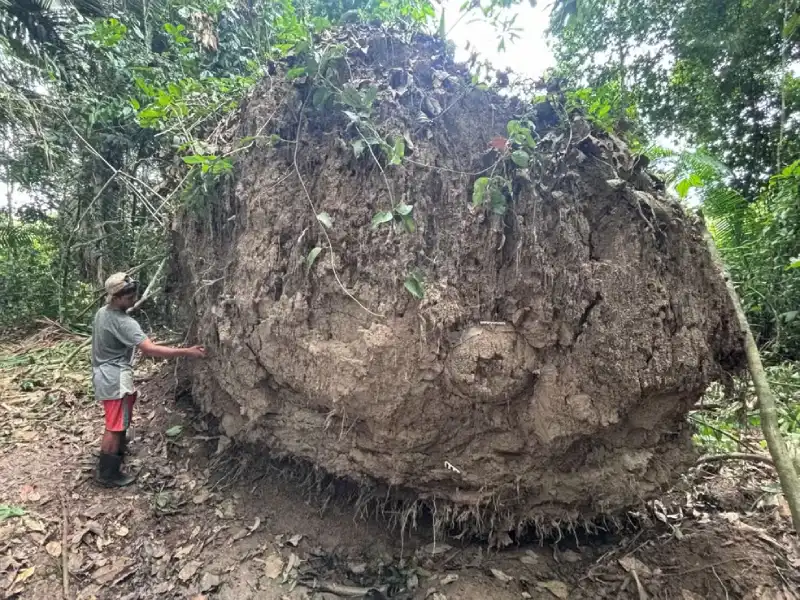
“This is a very sophisticated Indigenous engineering technique,” explains archaeologist Márcio Amaral, from the Mamirauá Institute. “These islands are archaeological structures built in higher floodplain areas, using soil removed from other places and mixed with ceramic fragments, intentionally positioned to provide stability.”
The discovery was only possible thanks to residents of the São Lázaro do Arumandubinha community, also located in Amazonas state. Walfredo Cerqueira, one of the locals, noticed the urns after the tree fell and immediately sought help. “When I saw the photos, I contacted Father Joaquim, who then reached out to archaeologist Márcio Amaral. From there, we started planning the visit to the site,” he recalls.
Inside the urns, archaeologists found not only human bone fragments but also remains of fish and turtles. This indicates that the funerary practices were closely tied to food rituals and cultural traditions of the time.
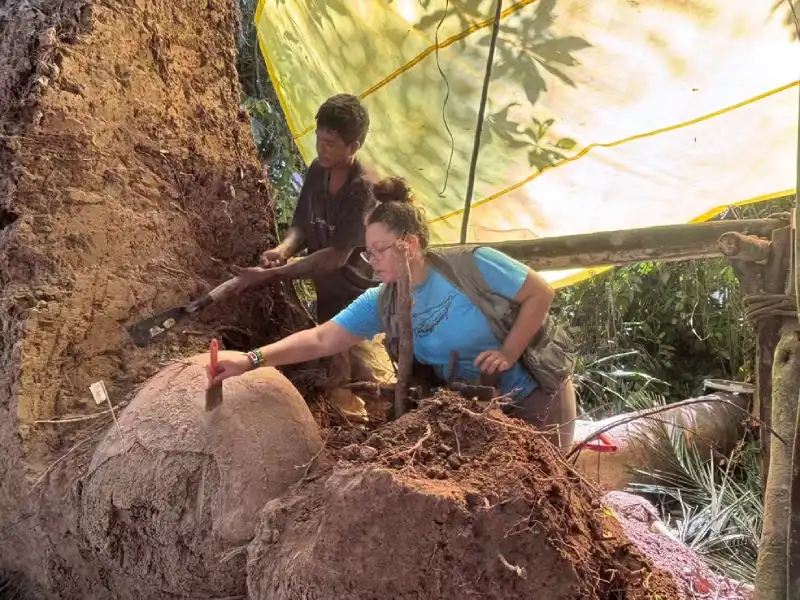
“These are large urns, without visible ceramic lids, which could suggest that organic materials were used for sealing — now decomposed,” explains researcher Geórgea Layla Holanda. “They were likely buried under former dwellings, which tells us a lot about how these populations lived.”
Transporting the urns to the nearby city of Tefé required a highly delicate operation, using stabilization techniques to ensure the artifacts remained intact. “I wouldn’t say intact by luck, but by method. We used plastic wrap, then plaster bandages for stabilization, followed by bubble wrap, and finally wooden supports with ropes,” Geórgea details.
Initial analysis of the ceramic material revealed something even more intriguing. The urns display an unusual combination of greenish clay and red painted stripes, which may represent an ancient ceramic tradition previously unknown in the region.
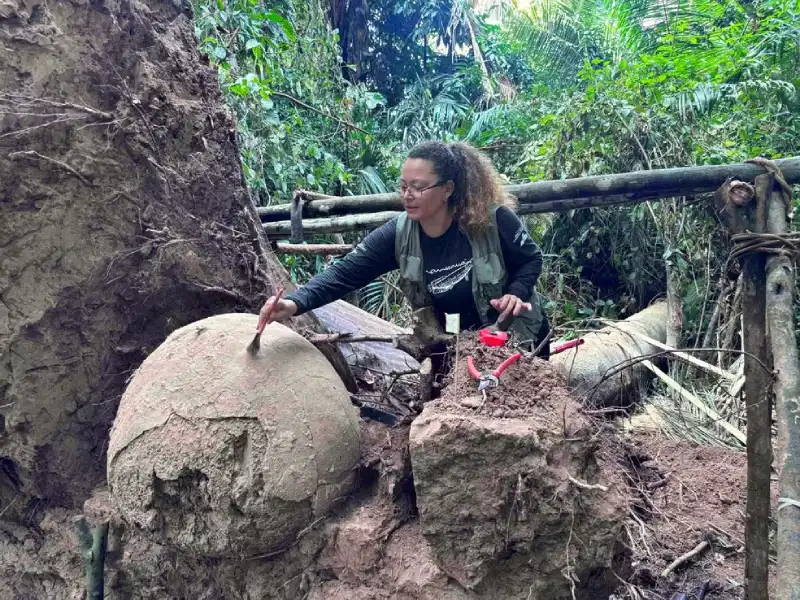
The discovery further strengthens the growing understanding among archaeologists that the Amazon floodplains were not just transit areas but territories that were continuously inhabited and carefully adapted to the rhythms of the river.
“This was an archaeology from the inside out. We took part in pirarucu fishing, camped together, followed their rhythm. And we learned a lot,” says Márcio Amaral, highlighting the importance of knowledge exchange between scientists and traditional communities.
Source: G1

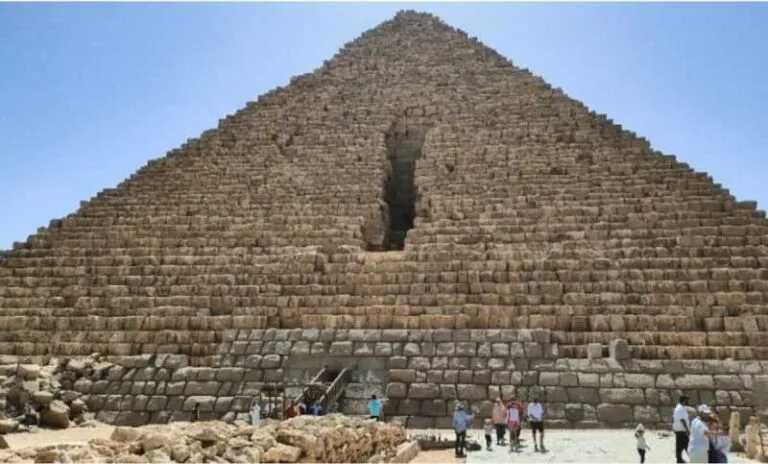
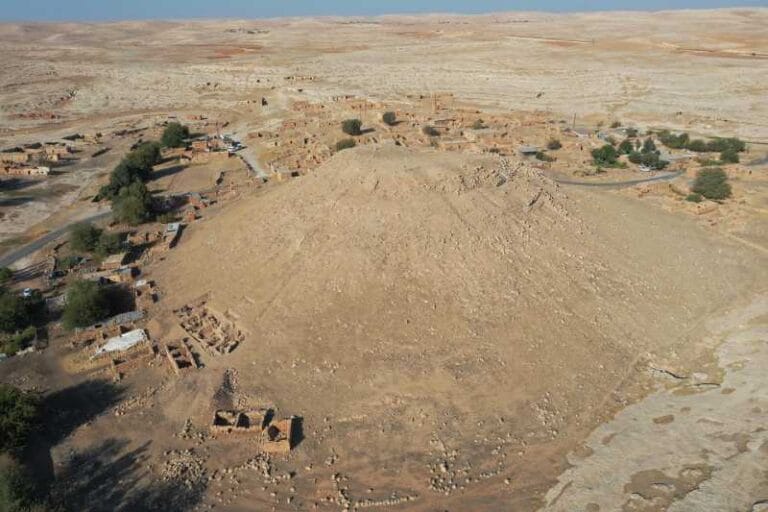
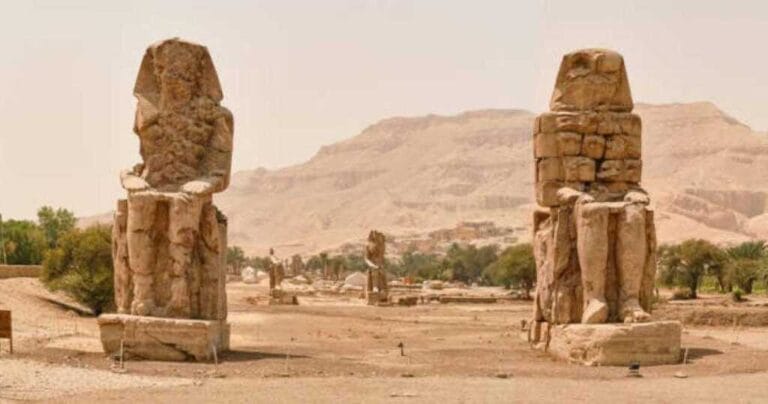
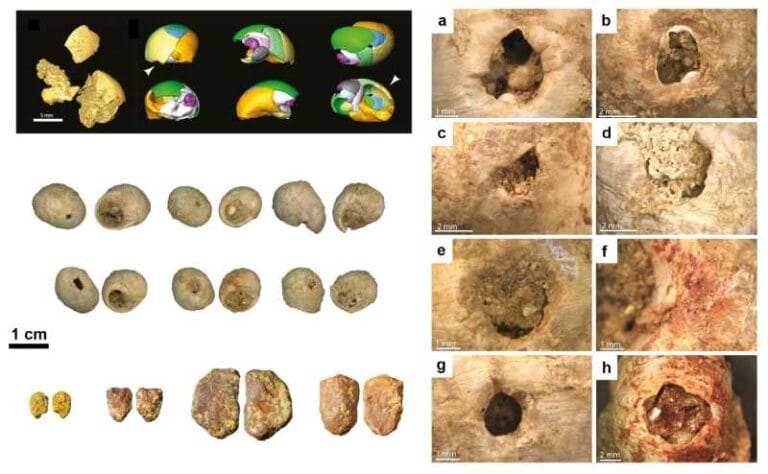
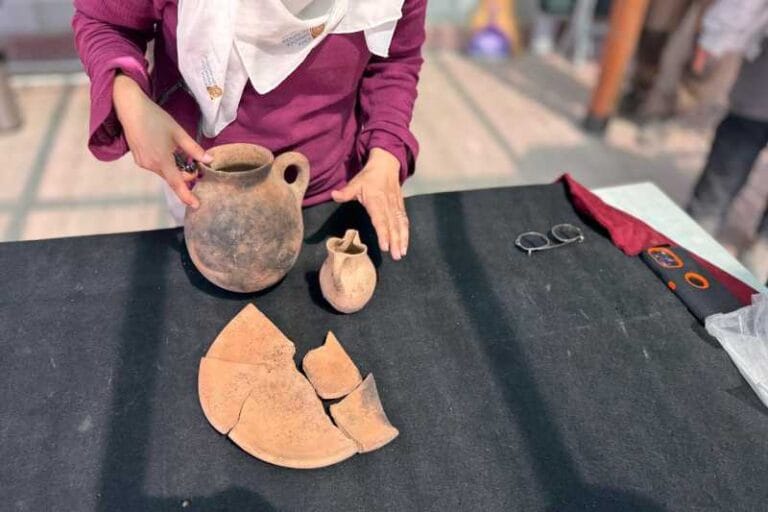
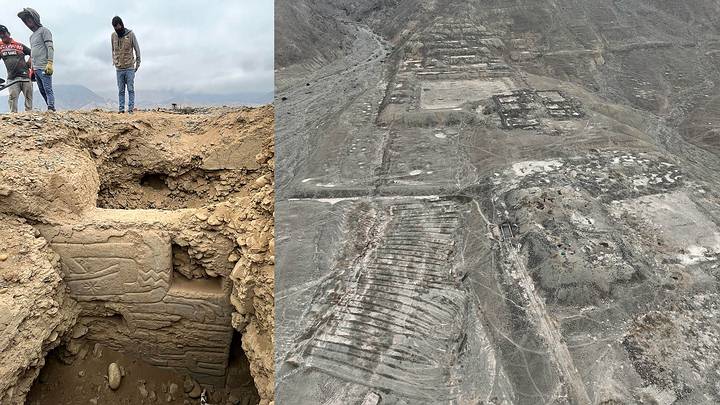
Any more info about the actual age of the artifacts?
We have not yet received a response from the institute regarding this matter.